Brave ART
disrupt, rethink, and rebuild.
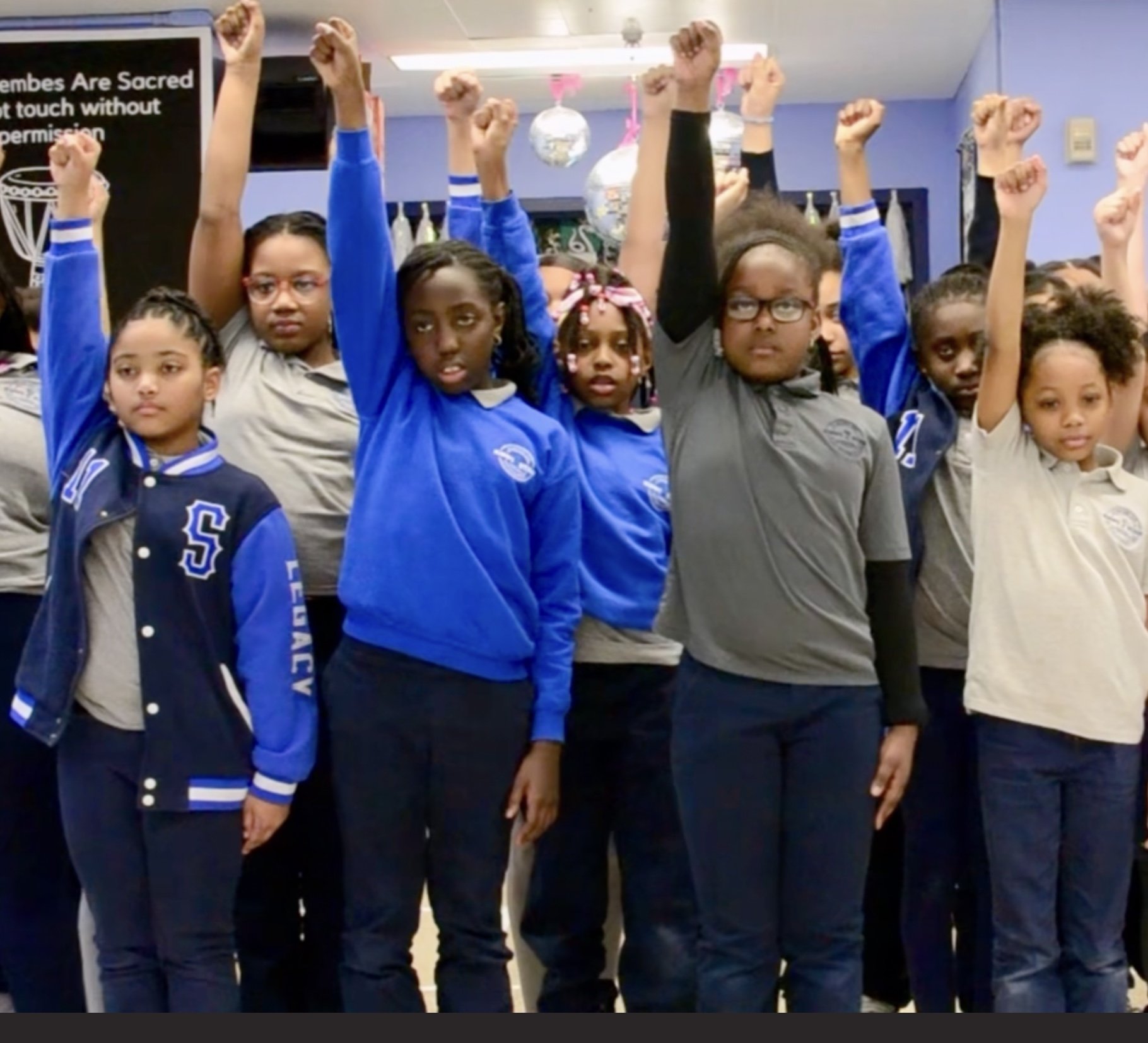
What Makes Great Arts Curriculum?
Writing curriculum in the arts is an act of vision. It is not just about aligning to standards or filling time with projects—it is about crafting meaningful, layered experiences that allow students to discover who they are, what they see, and how they move through the world. As educators, artists, and curriculum designers, we often find ourselves at the intersection of creativity, structure, and purpose. Across schools, districts, and creative communities, we have seen a wide range of approaches to building arts curriculum. Through that collective experience, certain patterns emerge—both bright spots and areas that need more intention.
Here are six core lessons that consistently rise to the surface when we reflect on what truly makes arts curriculum impactful, inclusive, and transformative.
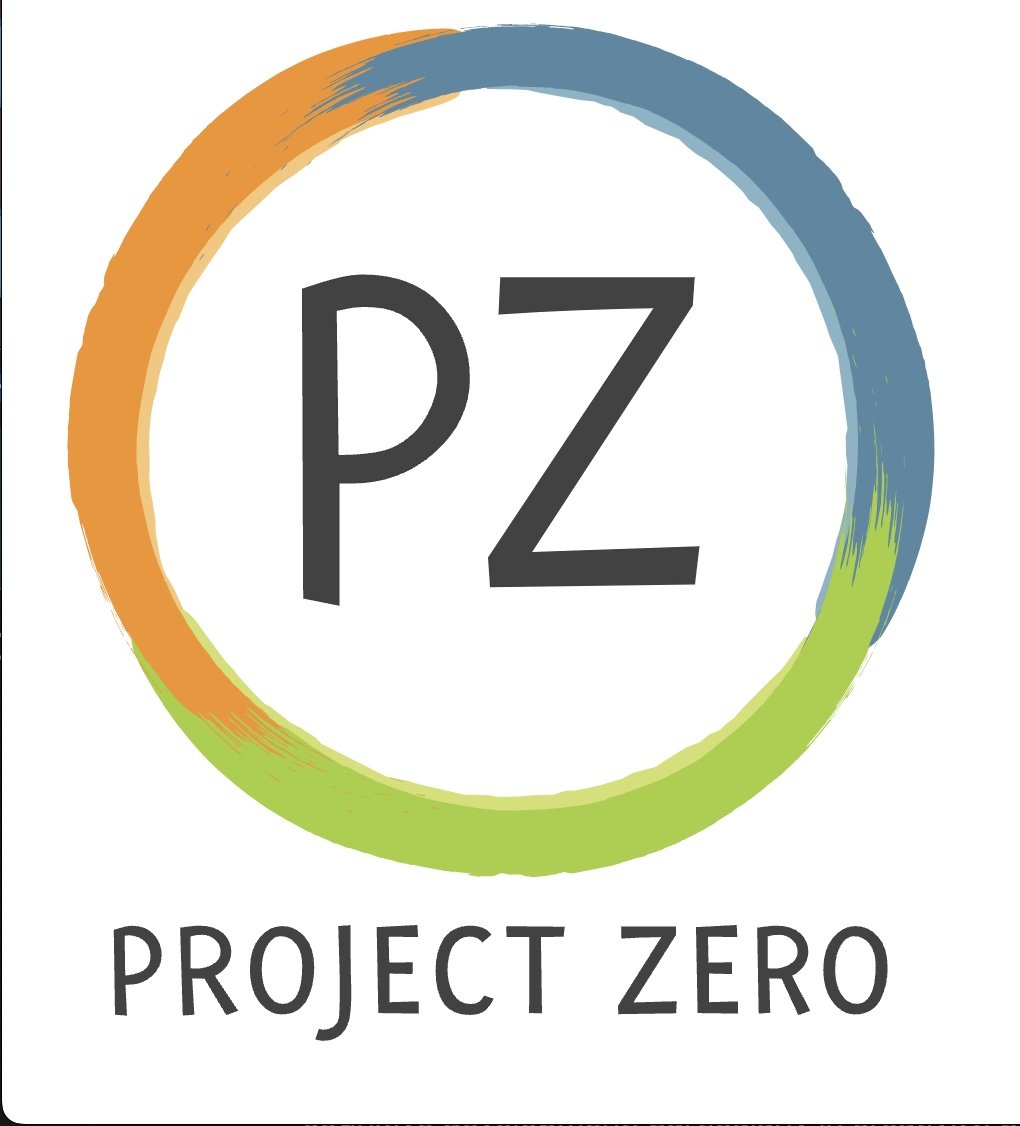
Harvard Project Zero
Harvard Project Zero (PZ) is a research center at the Harvard Graduate School of Education that explores learning, thinking, and creativity across various disciplines, with a strong focus on arts education and assessment. Founded in 1967 by philosopher Nelson Goodman, PZ initially sought to understand how the arts contribute to cognitive development and later expanded its research to include broader themes in education.
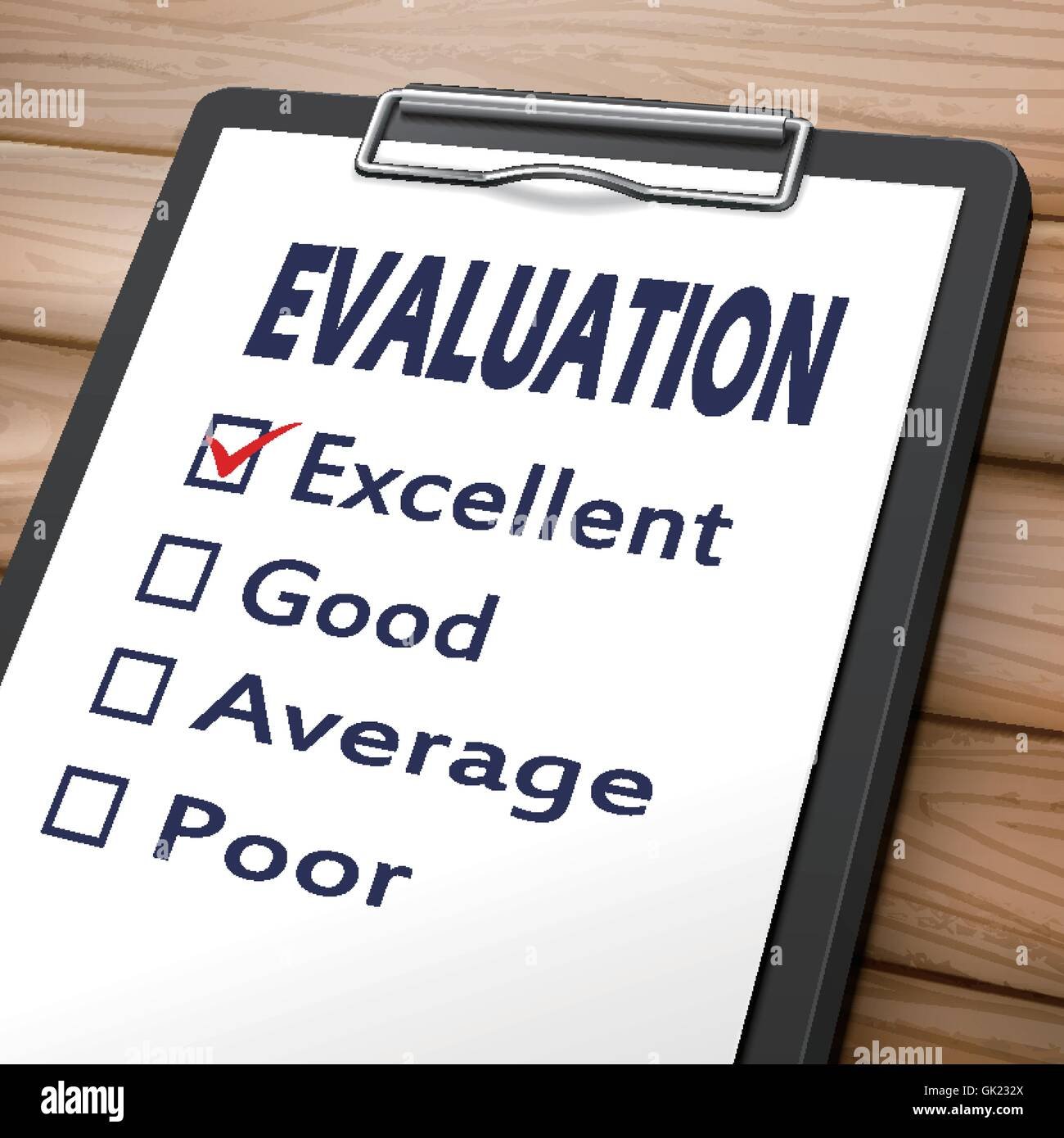
Bridging the Gap: Helping School Leaders Assess and Strengthen Their Arts & Enrichment Programs
Too often, school leaders struggle to effectively assess the quality of their arts and enrichment programs. Unlike math or reading, where standardized test scores provide clear metrics (for better or worse), arts education requires a different approach—one that acknowledges both qualitative and quantitative measures of success.
At Brave Art NYC, we help school leaders build competency in evaluating their arts programs, setting meaningful goals, and providing arts educators with the support and accountability they need to grow and thrive.

Hiring The Right Arts Educators FOr Your Program
Hiring the right arts educators for your program is a critical decision that impacts not only student learning but also the overall culture and sustainability of arts education. While many assume that an "arts teacher" is a singular role, there is a distinct difference between teaching artists, artist-educators, and certified arts teachers. Each category brings unique strengths, experiences, and perspectives to arts education. Understanding these distinctions—and the pros and cons of each—will help you make informed hiring decisions that align with your program’s goals.

Why Arts Educators Need Differentiated, Content-Specific Professional Development
If you ask any arts educator about the professional development (PD) sessions they’ve attended, chances are they’ll tell you about workshops designed for general classroom teachers. Sessions on lesson planning, formative assessments, or literacy strategies may have value, but they rarely address the realities of teaching dance, theater, music, or visual arts. More often than not, arts educators leave these sessions frustrated, knowing they just spent hours in a training that does little to improve their craft or their students' experience.
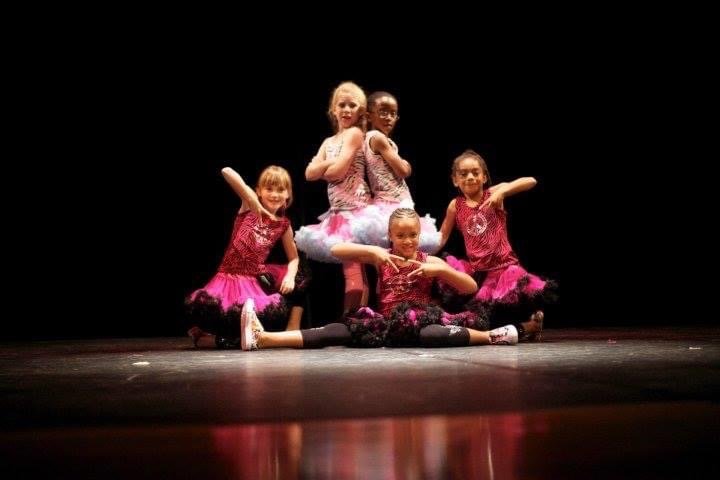
Using Your Arts Program To Drive School Culture
In the evolving landscape of education, the arts remain a critical component in self-discovery, cultural engagement, and intellectual growth. For young learners, the ability to conceive of themselves as artists is not a passive designation—it is an essential framework through which they develop agency, confidence, and a lifelong appreciation for creative expression. This post explores the necessity of fostering artistic identity in students and the role that educators, school leaders, and institutions play in shaping a culture where children see themselves as creators.
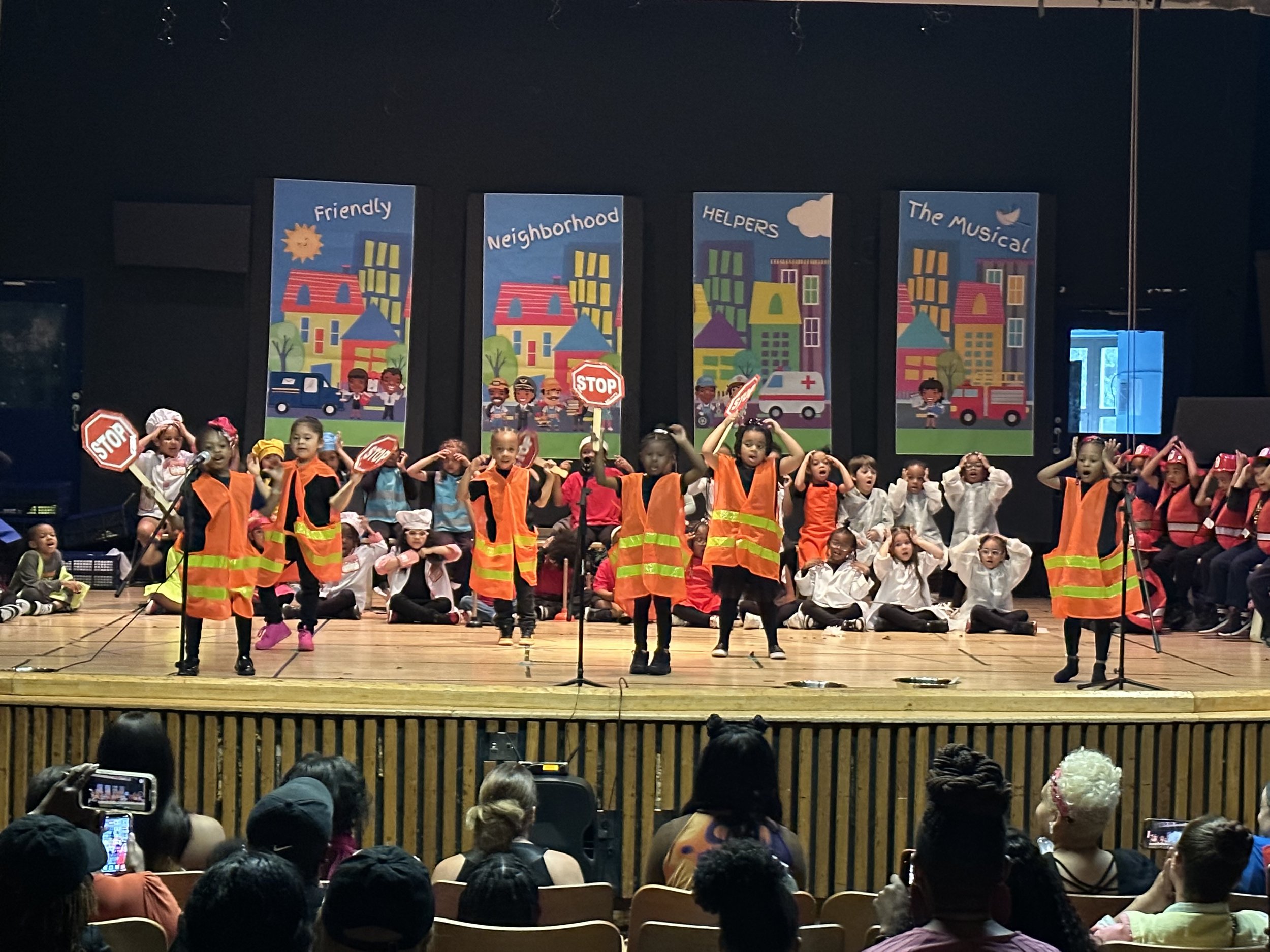
Nurturing Young Creators: Fostering Artistic Identity in the Classroom
In the evolving landscape of education, the arts remain a critical component in self-discovery, cultural engagement, and intellectual growth. For young learners, the ability to conceive of themselves as artists is not a passive designation—it is an essential framework through which they develop agency, confidence, and a lifelong appreciation for creative expression. This post explores the necessity of fostering artistic identity in students and the role that educators, school leaders, and institutions play in shaping a culture where children see themselves as creators.
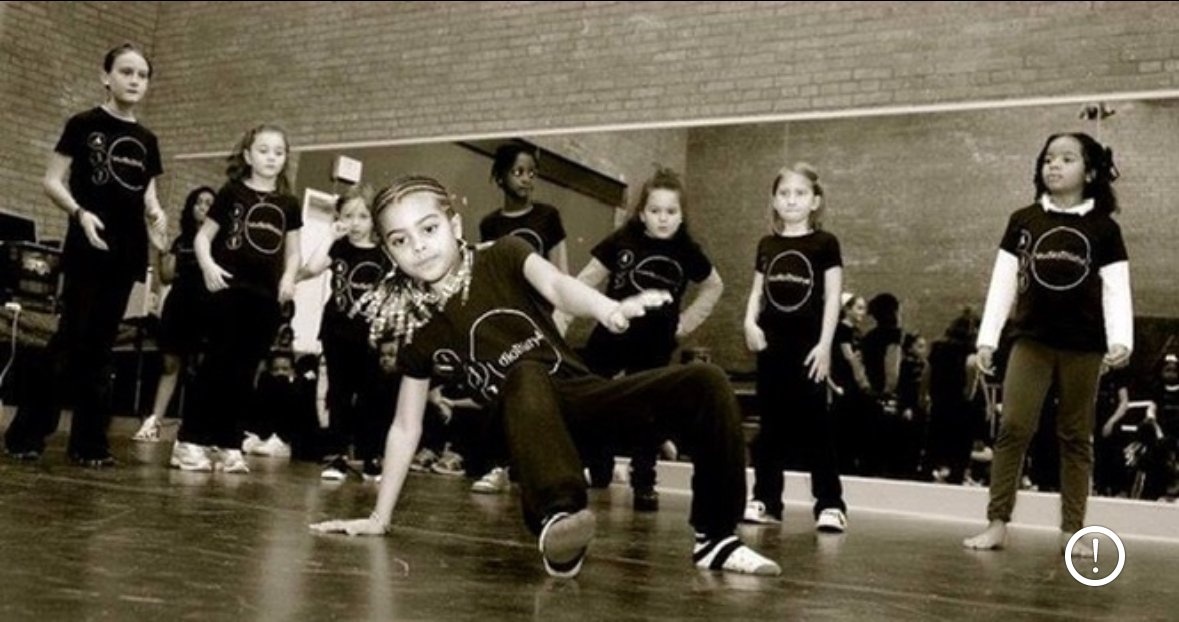
Protecting The Arts, Protecting Our Kids
The world around our students is shifting in ways that challenge their sense of security, identity, and self-expression. As educators, artists, and advocates, we are in protect mode—ensuring that our children have spaces where they can move, create, and be fully seen.
-
TEACHNG ARTISTS
Brave Art Pedagogy and Practice is for those who refuse to teach on autopilot—who know that arts education is more than technique; it’s a vehicle for transformation. If you’re looking for inspiration, strategies, and a community that values the arts as a tool for justice, empowerment, and radical creativity, you’re in the right place. Here, we challenge outdated norms, amplify culturally responsive practices, and build programs that don’t just teach art but ignite communities.
-
SCHOOL LEADERS
If you’re ready to move beyond the status quo and cultivate an arts program that is dynamic, culturally responsive, and truly transformative, you’re in the right place. We offer the tools, frameworks, and critical insights you need to develop teachers, strengthen curriculum, and elevate your program to reflect the power of the arts as a force for learning, identity, and justice. Whether you're evaluating your current program or building something new, we provide the guidance to ensure the arts are not just present—but central, thriving, and revolutionary in your school. Let’s reimagine what’s possible-together.
-
Funders
Our platform connects you with visionary school leaders and teaching artists who are revolutionizing arts education, ensuring that creativity isn’t just supported but woven into the fabric of learning, equity, and cultural empowerment. Here, you’ll find the tools to evaluate programs, identify bold and effective leadership, and fund initiatives that don’t just survive but thrive. If you believe in the arts as a force for change, let’s ensure your dollars go where they will make the deepest, most lasting impact.
